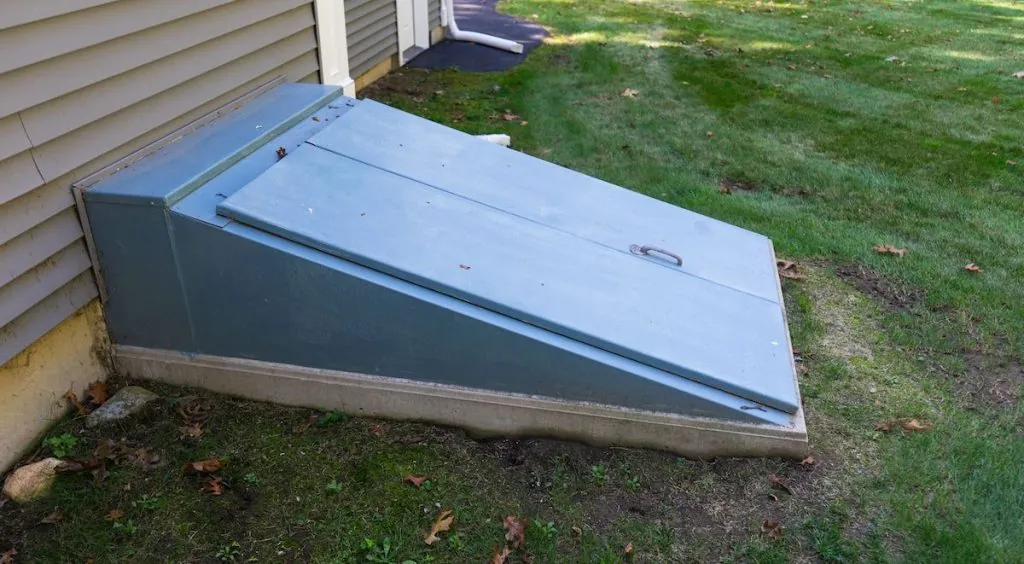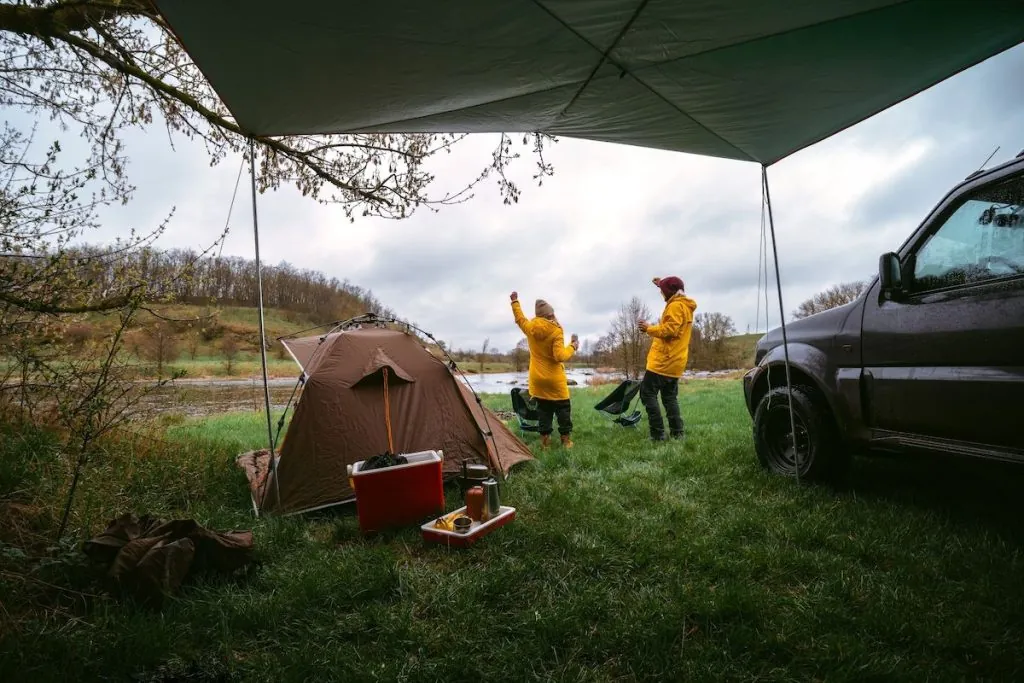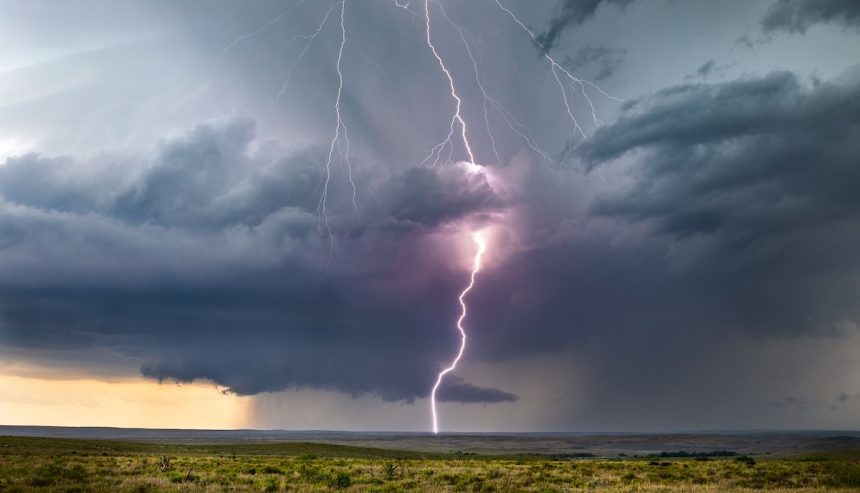Lightning has captivated humans for centuries, crackling across the sky with breathtaking beauty. As one of nature’s most electrifying phenomena, it serves as a reminder of the awe-inspiring forces in our world. However, beneath its mesmerizing allure lies an undeniable danger. Lightning strikes can pose a severe threat to life and property, making it crucial for us to be well-informed and prepared.
In this blog, we’ll delve into the fascinating world of lightning and explore essential lightning safety tips that can help protect you and your loved ones during thunderstorms. From understanding the science behind lightning to learning how to minimize the risk of being struck, we’ll discuss what you need to know to stay safe when nature unleashes electrical fury.
Why Does Lightning Occur?
Lightning occurs due to the buildup and discharge of electrical energy in the Earth’s atmosphere. It is a natural phenomenon that typically happens during thunderstorms. The primary cause of lightning is the separation of electric charges within a thunderstorm cloud.
As a thunderstorm develops, various processes, such as the collision of ice particles and water droplets, create an electrical imbalance between different cloud regions. This separation of charges results in the accumulation of negative charges at the bottom of the cloud and positive charges at the top.
Eventually, the electric field within the cloud becomes strong enough to overcome the air’s insulating properties. This leads to a rapid discharge of electricity, which we see as lightning. The lightning bolt follows a path of least resistance, typically zigzagging downwards.
The discharge of electricity during lightning heats the surrounding air to incredibly high temperatures—reaching up to 30,000 Kelvin (53,540 degrees Fahrenheit)—resulting in a sudden expansion of the air. This expansion creates shock waves that we hear as thunder. Lightning can also occur between different charged regions within the same cloud or between other clouds. Additionally, it can strike the ground if the electrical potential difference between the cloud and the Earth’s surface becomes large enough to overcome the air’s resistance.
According to the Centers for Disease Control and Prevention, the southeastern United States is the most vulnerable to lightning strikes, with the frequency generally decreasing from the southeast to the northwest. However, specific regions like the Rocky Mountains are an exception, where thunderstorms are common in the summer. Regardless, everyone is at risk of being struck by lightning anywhere in the world, so it’s essential to heed lightning safety tips.
Safety Measures: What to Do if You Are Inside During a Lightning Strike
Lightning can be hazardous during a thunderstorm, and it’s important to know what to do if you find yourself indoors when lightning strikes. While it may seem that it can’t affect you while you’re inside, the statistic proves otherwise: approximately one-third of lightning strike injuries occur indoors. Here are some guidelines to follow to stay safe during a lightning storm:
- Stay inside. One of the most important things to do during a lightning storm is to seek shelter indoors. Remain inside until the storm has passed, and it is safe to go outside. If you’re in a high-rise building, move to a lower level during a thunderstorm. Stay away from windows and exterior walls. If your property has a lightning protection system or a designated lightning-safe area, such as a basement or a room with no windows, move there for additional safety.
- Stay away from windows and doors. Lightning can enter a building through open windows or doors, so stay away from them during a storm. Close all windows and doors and draw the curtains or blinds to reduce the risk of injury.
- Avoid water and plumbing. Lightning can travel through water and plumbing, so avoid using sinks, showers, and other plumbing fixtures during a storm. Also, do not use electrical appliances or touch cords; they can conduct electricity if lightning hits.

- Avoid using electronic devices. Lightning strikes can cause power surges that can damage or pose a risk of electric shock. Unplug all non-essential electronics and avoid using them until the storm has passed. Do not use electrical equipment such as a landline phone, as lightning can travel through phone lines.
- Do not handle metal objects. Metal conducts electricity, making them a hazard to touch during a storm. Do not come into contact with handles, pipes, and other metal surfaces.
- Get information. Monitor weather updates and listen to local news or dangerous weather reports for the latest information about the storm. This will help you make informed decisions about your safety.
Safety should always be the top priority during severe lightning. These critical safety tips can increase your chances of riding out the storm safely until it passes and conditions improve.
Safety Measures: What to Do if You Are Outside During a Lightning Strike
If you’re outside and hear rumbles of thunder, lightning is close enough to strike you. During a lightning strike, your safety should be your highest priority. Lightning poses a significant risk and can cause severe injuries or even fatalities. Here are some essential lightning safety tips to follow if you’re caught in such a situation:
- Seek shelter immediately. As the adage goes, if thunder roars, go indoors! The first and most critical step is finding shelter immediately. Look for a sturdy building or a fully enclosed metal vehicle with windows closed. Avoid seeking refuge under an isolated tree or lone trees, as they can attract lightning.
- Avoid open spaces. Open areas, hilltops, and fields offer little to no protection from lightning. Move to a lower area, if possible, but stay away from very low-lying areas.
- Stay away from water. Bodies of water, including lakes, rivers, and pools, are hazardous during a thunderstorm. Lightning can easily travel through water, so avoid activities like swimming, boating, or fishing. If you’re on a beach, leave the shore immediately.

- Crouch low. If you cannot seek shelter immediately, adopt the “lightning crouch” position. Crouch down on the balls of your feet with your feet close together, hands covering your ears, and your head lowered. Minimize contact with the ground, and do not lie flat.
- Avoid conductive objects. Avoid objects that can conduct electricity, such as metal fences, poles, wires, power lines, and other things that may directly connect to the ground.

- Wait it out. Once you have found proper shelter, wait at least 30 minutes after the last observed lightning or thunder before venturing outside. Lightning can strike from a distance, so be patient and wait for a safe period.
Remember, lightning strikes are unpredictable, making your safety important above all else. Following these guidelines can minimize the risk of injury during a thunderstorm and ensure your well-being.
Safety Measures: What to Do if You Are Driving During a Lightning Strike and More Lightning Safety Tips
Suppose you find yourself driving during a lightning strike. In that case, staying calm and taking the appropriate safety measures is important. Lightning strikes can be hazardous, but you can minimize the risks by following simple guidelines.
First and foremost, do not panic. Sudden movements or reckless driving can lead to accidents. Maintain a steady speed and keep both hands on the steering wheel. Stay focused on the road ahead while being aware of your surroundings.

Find a safe place to pull over, such as a designated parking area or a rest stop. Avoid parking under tall trees, tall objects or near structures that may attract lightning strikes. Once you’ve found a safe spot, turn off your engine and headlights to reduce the risk of electrical surges.
Can’t find a safe place to pull over? Stay inside your vehicle rather than seek shelter outside! Cars act as a Faraday cage, protecting occupants from lightning strikes. However, avoid touching metal surfaces inside the vehicle, as they can conduct electricity during a strike.
Additionally, refrain from using electronic devices or the radio during a lightning storm. Electrical currents from a lightning strike can travel through the car’s electrical systems, potentially causing damage or injury.
Keep your windows closed in an open area with no nearby shelter. This will help prevent rain and debris from entering the vehicle and minimize the chances of being struck by lightning. It’s also advisable to keep a safe distance from other cars to reduce the risk of a chain reaction in case of an accident.
Remember, your safety is of utmost importance during a lightning strike. Whether indoors, outside, or in your vehicle, it’s important to emphasize lightning safety throughout a storm. Don’t forget to talk to your children about dangers and what they need to do when they hear thunder or see lightning. When we’re aware of their potential harm, we can all remain protected.
If You Experience Property Damage Due to Lightning, Call PuroClean!
When nature’s fury strikes, leaving your property damaged in its wake, there’s only one name you need to remember: PuroClean! With our expertise in handling property damage, PuroClean is the trusted choice for remediating your home or business.
From charred structures to electrical malfunctions, our highly trained professionals possess the knowledge and cutting-edge tools to tackle even the most severe lightning-induced wreckage, such as fire damage.
Don’t let a lightning strike leave you powerless; call us and let our response and exceptional restoration services help your property. To schedule an appointment with your nearby PuroClean office, visit our website or call (800) 775-7876.




